Would you like to know how I search LinkedIn when sourcing for talent?
I don’t have a premium LinkedIn account, so you may be surprised to learn that I don’t X-Ray search LinkedIn all that often.
I’ll tell you why in a moment, but first I would like to share my inspiration for this post.
I recently read a great post that addressed an issue with X-Ray searching LinkedIn and that pointed out that pattern recognition is critical to effective online sourcing.
I could not agree more – truly dynamic pattern recognition is something I think is unique to humans and is something that I believe cannot be replicated by applications claiming to leverage artificial intelligence, semantic search, and Natural Language Processing (NLP). I could elaborate further on this topic, but that would unfortunately bore 98% of my readers, so I will save it for another post that they can choose not to read later. :-)
Suffice it to say I wholeheartedly agree that is it more important to have the right investigative thought process than to have any specific Boolean search string or pre-built X-Ray search.
Getting back to how I specifically search LinkedIn to find people – you first need to understand some of the significant issues associated with using Internet search engines in an attempt to find public LinkedIn profiles. In other words, you should know they “why” before the “how.”
As an added bonus, you’ll also find that I’ve discovered that Bing and LinkedIn apparently don’t play well together anymore, and I’ll issue a LinkedIn Sourcing Challenge to the international sourcing and recruiting community to crowdsource the solution. Continue reading

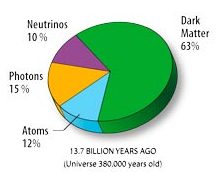

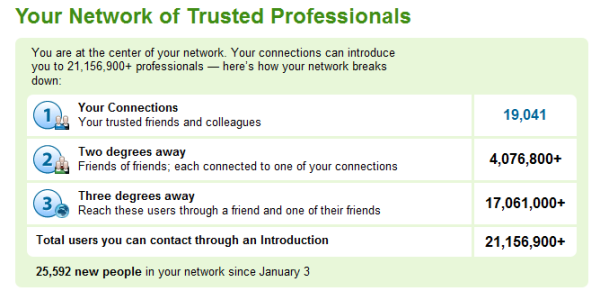
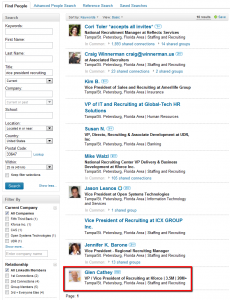
 I recently wrote about
I recently wrote about  I had an associate with a free LinkedIn account contact me late last week complaining about how he could no longer see the full names of his LinkedIn search results for 3rd degree connections – his results only showed the first initial of the last name. Furthermore, he claimed that LinkedIn had started charging for the ability to see the full names of 3rd degree connections in search results.
I had an associate with a free LinkedIn account contact me late last week complaining about how he could no longer see the full names of his LinkedIn search results for 3rd degree connections – his results only showed the first initial of the last name. Furthermore, he claimed that LinkedIn had started charging for the ability to see the full names of 3rd degree connections in search results.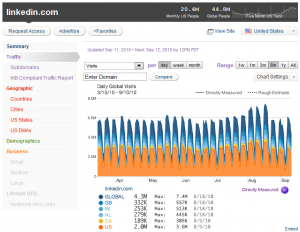
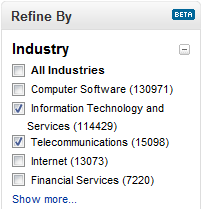 Sourcers and recruiters are often tasked with finding candidates that have experience in a specific industry. I’m sure that such a thing seems easy to the hiring managers and clients making the request, but it’s actually not an easily accomplished feat to perform exhaustively.
Sourcers and recruiters are often tasked with finding candidates that have experience in a specific industry. I’m sure that such a thing seems easy to the hiring managers and clients making the request, but it’s actually not an easily accomplished feat to perform exhaustively. If you ever have a need to perform diversity sourcing, I’m going to show you a trick on LinkedIn that goes beyond the obvious and “everyone’s doing it” methods of searching for fraternities, sororities, specific universities, and of course groups, societies and associations.
If you ever have a need to perform diversity sourcing, I’m going to show you a trick on LinkedIn that goes beyond the obvious and “everyone’s doing it” methods of searching for fraternities, sororities, specific universities, and of course groups, societies and associations.
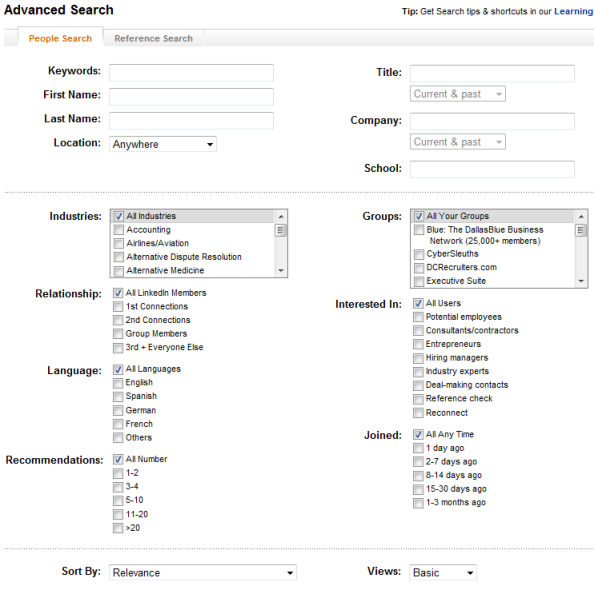
 When it comes to searching LinkedIn using Internet search engines such as Google or Yahoo, there are many different ways to construct your search string (“X-Ray” or otherwise) and get results.
When it comes to searching LinkedIn using Internet search engines such as Google or Yahoo, there are many different ways to construct your search string (“X-Ray” or otherwise) and get results. The game is afoot.
The game is afoot. In the original
In the original 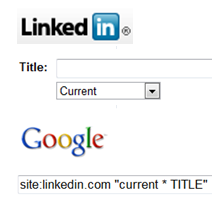 So you know how to X-Ray LinkedIn, and perhaps you even know how to target current titles with an X-Ray string. However, did you know that you’re not finding all of the available matches within LinkedIn using this technique?
So you know how to X-Ray LinkedIn, and perhaps you even know how to target current titles with an X-Ray string. However, did you know that you’re not finding all of the available matches within LinkedIn using this technique?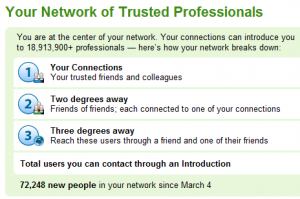 You’re on LinkedIn – congratulations!
You’re on LinkedIn – congratulations! After recently writing about
After recently writing about 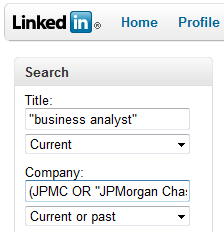 Recently, I wrote about
Recently, I wrote about  Do you ever use social networks to such as LinkedIn to search for people with experience in a specific industry?
Do you ever use social networks to such as LinkedIn to search for people with experience in a specific industry?